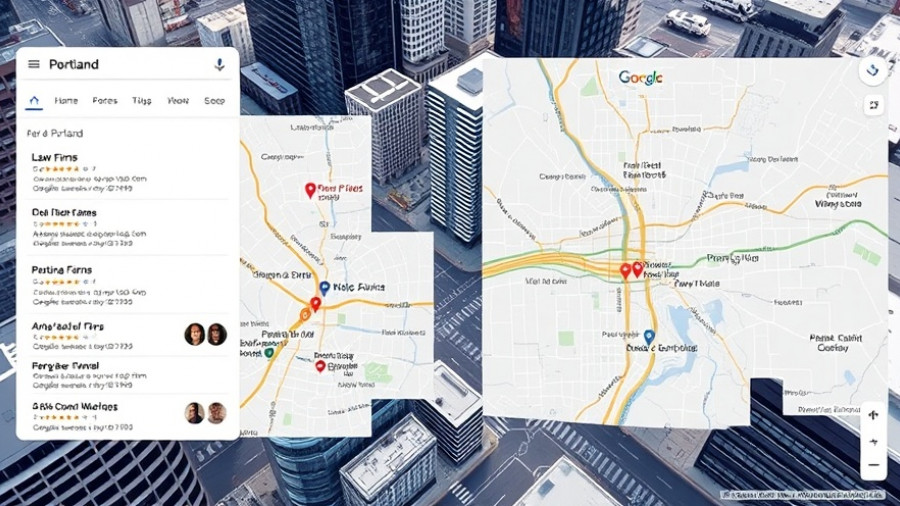
Understanding Marketing Attribution: A Game Changer for Your Practice
In the rapidly evolving field of wellness and healthcare, understanding how to effectively connect with your audience is paramount. Marketing attribution offers a strategic path to do just that. By identifying which channels and touchpoints lead to conversions, wellness practitioners can tailor their investment in marketing strategies, ensuring they focus on what truly drives growth.
What is Marketing Attribution?
At its core, marketing attribution is a method used to assign credit to various marketing efforts that influence customer decisions. Whether it’s email campaigns, social media ads, or informational blogs, attribution helps you understand which touchpoints resonate with potential clients. For instance, if a client finds your practice through an informative blog and later makes an appointment after interacting with your social media, attribution helps trace that journey back to its origins.
The Importance of Data-Driven Attribution Models
Accurate attribution doesn't come from guesswork; it relies heavily on data. Data-driven attribution models analyze customer interactions using large datasets to reveal patterns in how different touchpoints contribute to conversions. As the landscape of digital marketing moves towards increased cookie restrictions and privacy regulations, leveraging data effectively becomes even more crucial for wellness practitioners looking to optimize their marketing strategies.
Choosing the Right Attribution Model for Your Practice
There’s no one-size-fits-all solution when it comes to attribution. Your choice of model must align with your specific business goals and customer journey. Single-touch models, like first-touch or last-touch, offer simplicity but might fail to capture the entire customer journey. Multi-touch models, however, provide a more comprehensive view, allowing you to see how different interactions contribute over time. For example, the Time Decay Attribution model assigns more credit to interactions occurring closer to the conversion, providing insight into what final nudge led a potential client to book an appointment.
Implementing Attribution in Your Marketing Strategy
For wellness practitioners, implementing a sound attribution strategy could revolutionize how you connect with potential clients. By utilizing tools like Google Analytics or tracking software, you can start measuring how your marketing efforts generate appointments, sales, or other valuable actions. With this information, you can continuously refine your approach, ensuring you allocate more resources towards effective channels and strategies.
Final Thoughts: Drive Your Practice's Growth
Ultimately, understanding and utilizing marketing attribution can transform your practice from merely surviving to thriving. By demystifying the customer journey, you turn marketing into a powerful growth engine, ensuring your messaging resonates and compels potential clients to engage. Embracing this data-driven approach provides clarity and strengthens your strategic insights, which are critical in today's competitive digital landscape.
 Add Row
Add Row  Add
Add 



Write A Comment